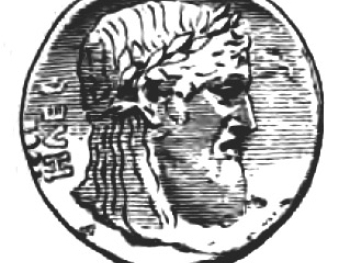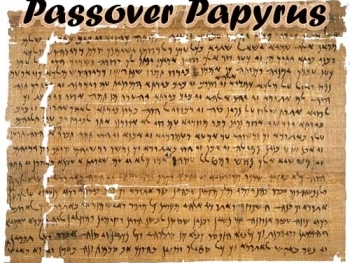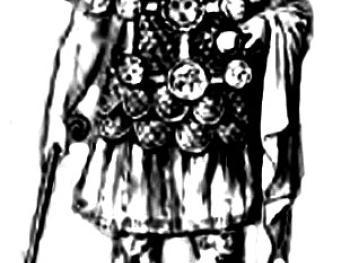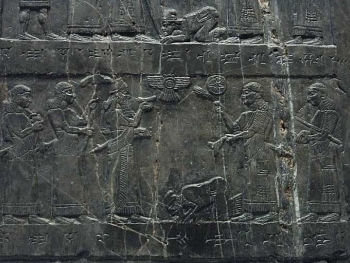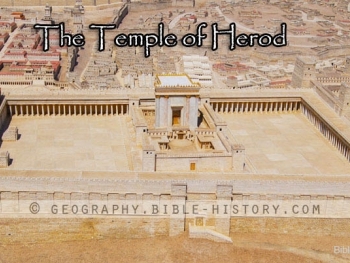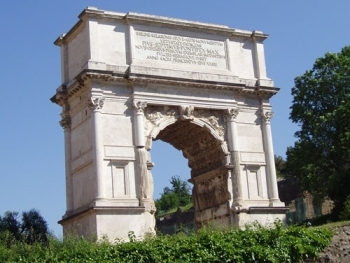According to the biblical account in Exodus 14, the Israelites crossed the Red Sea during their escape from Egypt. When they reached the shores of the sea, Moses stretched out his hand, and God caused a strong east wind to blow all night, parting the waters and creating a dry path for the Israelites to walk through.
While the exact location of this event is debated among scholars and historians, the biblical text suggests that the crossing occurred at a location known as the "Sea of Reeds" or "Yam Suph" in Hebrew. The specific identification of this body of water is uncertain, with various theories proposing different locations in the vicinity of the northern end of the Red Sea or the eastern branch of the Nile Delta.
Regardless of the exact location, the crossing of the Red Sea holds profound theological and historical significance. It symbolizes God's deliverance of the Israelites from slavery in Egypt, His mighty acts of salvation, and His faithfulness to fulfill His promises.
The biblical account of the crossing of the Red Sea is a pivotal event in Israelite history, demonstrating God's power, protection, and intervention on behalf of His people. It serves as a testament to God's ability to deliver His people from seemingly impossible situations and emphasizes the importance of trust and obedience in following His leading.
